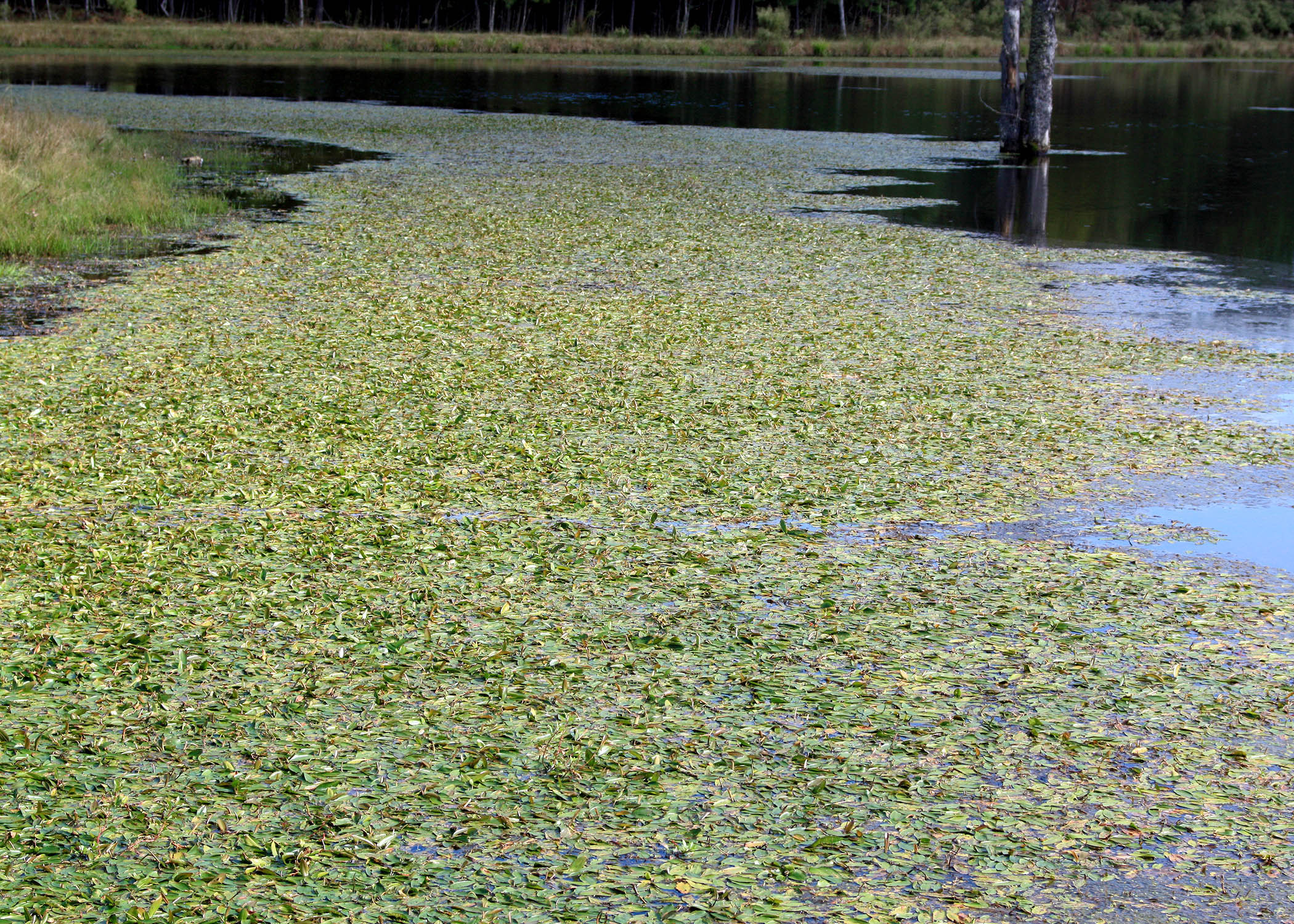Imagine a serene pond, its tranquil surface shimmering under the sunlight, but its beauty marred by an unsightly infestation of weeds. These invasive plants can hinder the growth of desirable species, disrupt the ecological balance, and even pose health risks. The challenge of controlling pond weeds is a common one, and tackling it effectively requires a comprehensive approach. This article delves into the multifaceted world of pond weed management, exploring proven methods to restore the pristine clarity of your waterbody.

Image: www.livingwateraeration.com
Understanding Pond Weeds
Before embarking on weed removal, it’s essential to understand the nature of these plants. Pond weeds are typically aquatic species that flourish in nutrient-rich environments with ample sunlight. They can be classified into two main categories: emergent and submergent. Emergent weeds, such as cattails and rushes, have roots submerged in water, while their stems and leaves extend above the surface. Submergent weeds, on the other hand, remain entirely submerged, like duckweed and pondweed.
Effective Methods for Pond Weed Control
1. Manual Removal
Physical removal is an effective solution for small-scale infestations. Use a rake or hand tools to gently pull out weeds, taking care not to disturb the pond substrate and release nutrients. This method is labor-intensive but ensures targeted removal without the use of chemicals.
2. Herbicides
Herbicides provide a swift solution for larger infestations. However, it’s crucial to select and apply herbicides carefully, following manufacturer instructions and adhering to safety precautions. Some herbicides, such as glyphosate, can effectively control both emergent and submergent weeds. Consult a professional if needed.
3. Biological Control
Introduce natural predators to feed on pond weeds. Grass carp, for example, are non-native fish that primarily consume aquatic plants. While biological control can be effective, it’s important to balance the ecosystem and prevent overstocking, which could lead to other ecological concerns.
4. Shading
Excessive sunlight promotes the growth of pond weeds. By providing shade, you can limit their photosynthesis and stunt their growth. Float shade cloths over the waterbody or plant overhanging vegetation to block sunlight.
5. Nutrient Management
Restrict nutrient influx to the pond to minimize the fuel for weed growth. Consider rerouting nutrient-rich runoff, using low-fertilizer landscaping practices, and regularly cleaning organic debris.
6. Aeration
Adequate aeration increases oxygen levels in the water, inhibiting the growth of certain types of weeds. Install aerators or encourage natural aeration by creating waterfalls or fountains.
7. Barley Straw
Barley straw releases allelopathic compounds that suppress weed growth. Simply spread the straw over the water’s surface. While barley straw is non-toxic, it may not be suitable for ponds with sensitive aquatic life.

Image: extension.msstate.edu
How To Get Rid Of Pond Weeds
Conclusion
Combating pond weeds is an ongoing task, but with a multifaceted approach, it’s possible to restore the tranquility and ecological health of your waterbody. By implementing the strategies outlined in this article, you can effectively manage weeds, encourage native plant growth, and create a beautiful outdoor oasis. Whether your pond is used for swimming, fishing, or simply aesthetic enjoyment, controlling weeds is essential for maintaining its beauty and vitality.